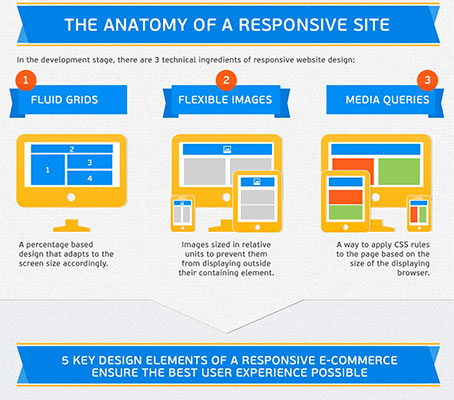Eager To Uncover Just How Internet Site Layout Has Changed With Time? Dive Into The Evolution From Simplicity To User-Focused Experiences
Eager To Uncover Just How Internet Site Layout Has Changed With Time? Dive Into The Evolution From Simplicity To User-Focused Experiences
Blog Article
Post Author-Johnsen Peters
In the past, sites were straightforward and focused on information. Navigating was direct, and design was for desktop computers. Currently, customer experience is key. Data guides styles for easy navigating. Responsive designs match different devices. Today, dark setting lowers pressure, and minimal menus boost navigating. Interactive attributes involve customers, and bold visuals stand apart. AI assimilation enhances engagement. See just how layout has progressed to improve your on the internet trip.
Early Days of Website Design
In the early days of website design, simpleness reigned supreme. Sites were fundamental, with minimal shades, font styles, and formats. The emphasis was on offering info as opposed to flashy visuals. Individuals accessed the web through sluggish dial-up links, so speed and performance were crucial.
Navigation menus were straightforward, commonly situated at the top or side of the web page. https://www.junglescout.com/blog/amazon-seo-guide/ were developed for desktop, as mobile browsing had not been yet common. Material was king, and designers focused on simple readability over intricate style aspects.
HTML was the key coding language made use of, and designers had to function within its constraints. Computer animations and interactive features were marginal compared to today's standards. Web sites were fixed, with little dynamic content or individualized user experiences.
Increase of User-Focused Layout
With the development of site layout, a shift towards user-focused style principles has actually come to be progressively famous. Today, creating web sites that prioritize user experience is essential for engaging site visitors and accomplishing organization objectives. please click the next page -focused layout entails understanding the needs, preferences, and actions of your target market to tailor the site's format, material, and features as necessary.
Designers currently carry out comprehensive study, such as customer surveys and functionality screening, to gather understandings and feedback straight from customers. This data-driven method assists in developing intuitive navigation, clear calls-to-action, and aesthetically attractive interfaces that resonate with visitors. By putting the individual at the facility of the layout procedure, websites can supply a much more personalized and enjoyable experience.
https://searchengineoptimizationi88776.kylieblog.com/26888930/improve-your-digital-impact-with-web-solutions-a-comprehensive-overview has also emerged as an essential aspect of user-focused style, ensuring that websites are maximized for numerous devices and screen dimensions. This versatility improves accessibility and usability, dealing with the varied means individuals engage with sites today. Essentially, the increase of user-focused style symbolizes a change in the direction of creating digital experiences that focus on the needs and assumptions of the end user.
Modern Trends in Web Design
Explore the current fads shaping web design today. One popular trend is dark setting layout, supplying a streamlined and modern look while lowering eye stress in low-light atmospheres. An additional vital pattern is minimalist navigating, simplifying menus and enhancing customer experience by focusing on essential elements. Incorporating micro-interactions, such as animated switches or scrolling results, can create an extra engaging and interactive website. Receptive style continues to be important, ensuring seamless customer experiences throughout numerous tools. In addition, making use of bold typography and asymmetrical formats can add visual rate of interest and draw attention to details web content.
Incorporating AI modern technology, like chatbots for customer support or customized referrals, improves user interaction and enhances procedures. Access has likewise come to be a significant trend, with designers focusing on comprehensive design techniques to satisfy diverse user needs. Welcoming sustainability by enhancing web site performance for rate and performance is one more arising pattern in web design. Teaming up with individual feedback and data analytics to repeat and improve style continuously is necessary for staying appropriate in the ever-evolving electronic landscape. By welcoming these modern-day trends, you can produce an aesthetically attractive, straightforward site that resonates with your target market.
Conclusion
As you review the evolution of site layout from the early days to currently, you can see exactly how user-focused style has come to be the driving force behind contemporary trends.
Embrace the journey of change and adjustment in website design, always keeping the user experience at the forefront.
Stay current with the most up to date fads and modern technologies, and never ever quit evolving your strategy to develop aesthetically spectacular and user-friendly websites.
Evolve, adapt, and develop - the future of web design remains in your hands.
